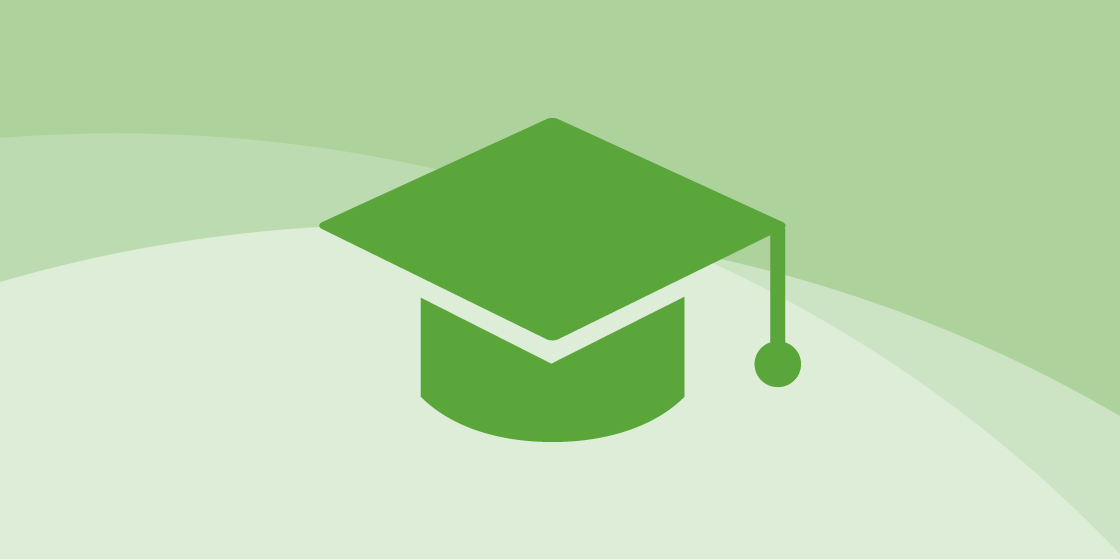
August 10, 2016 | By: Family to Family Network
Categories: Transition to Adulthood
As my son’s graduation day moved closer, I could not say that he was ready – yet in his mind, he was. He talked about what he wanted to do when he graduated, though he didn’t seem to have a plan or know how to get there. But then again, isn’t that what happens with typical students? Parents lament the day their children go off to college. The feelings we experience as our kids with disabilities graduate are not going to be any different.
The difference is we have been given an opportunity to begin planning at a young age. It is never too early to think about the future.
We put our son on Medicaid waiting lists when he was 6 years old so that by the time he graduated, he would have access to services. Have you started planning for your child’s future?
According to research, the first step in developing a leadership plan is to know what your personal vision is. Then you can create a plan to accomplish that vision. As parents, we had a vision early on for what life would be like for our son when he finished high school.
We didn’t realize that when we created his first portfolio so long ago, we were writing that vision down. My son expressed in his own way what he wanted to do when he grew up. He selected pictures that were important to him. Later he could write it down (in response to questions I provided) and include in his portfolio.
Personal visions can become reality if we take the time to write them down. Without a vision for your child’s future, how can you plan each year at an ARD meeting? The ARD process is the plan for how our children get to their future goals of further education, employment, and independent living.
We have to keep things moving toward the goal and ensure that our kids get the necessary education to meet the target. Focus on the big stuff; don’t get caught up in the little things that are not going to matter in your child’s adult life. Think about your IEPs goals – will they make a difference in your child’s future?
There are so many people to thank for helping my son get to where he is today. There are all the family, teachers, paraprofessionals, therapists, administrators, adults with disabilities, and other parents. There are also many great organizations out there that helped, educated, supported and listened to me as we traveled this journey together. They have made all the difference and deserve a pat on the back. We couldn’t have done it without them!
The important thing for parents to understand is that you are not alone. Build relationships with lots of different people along the way. It will make your child’s future so much richer. Communicate the vision; in time, it can become reality, and that cliff will seem like a stepping stone.

A few years before my son George graduated from high school, our family discovered a Special Olympics program called FUNdamental Sports.
Categories: Family Support, Transition to Adulthood

A transition program helps young adults with disabilities move from high school to adult life. Here are some key topics and questions I wish I had asked about transition programs.
Categories: Transition to Adulthood

The last time my son was in the hospital, it was a children’s hospital. But recently, after he fell out of bed and broke his leg, he was taken to an adult hospital and needed surgery. I’m forever grateful to the doctors and nurses caring for him through it all.
Categories: Diagnosis & Health Care, Transition to Adulthood